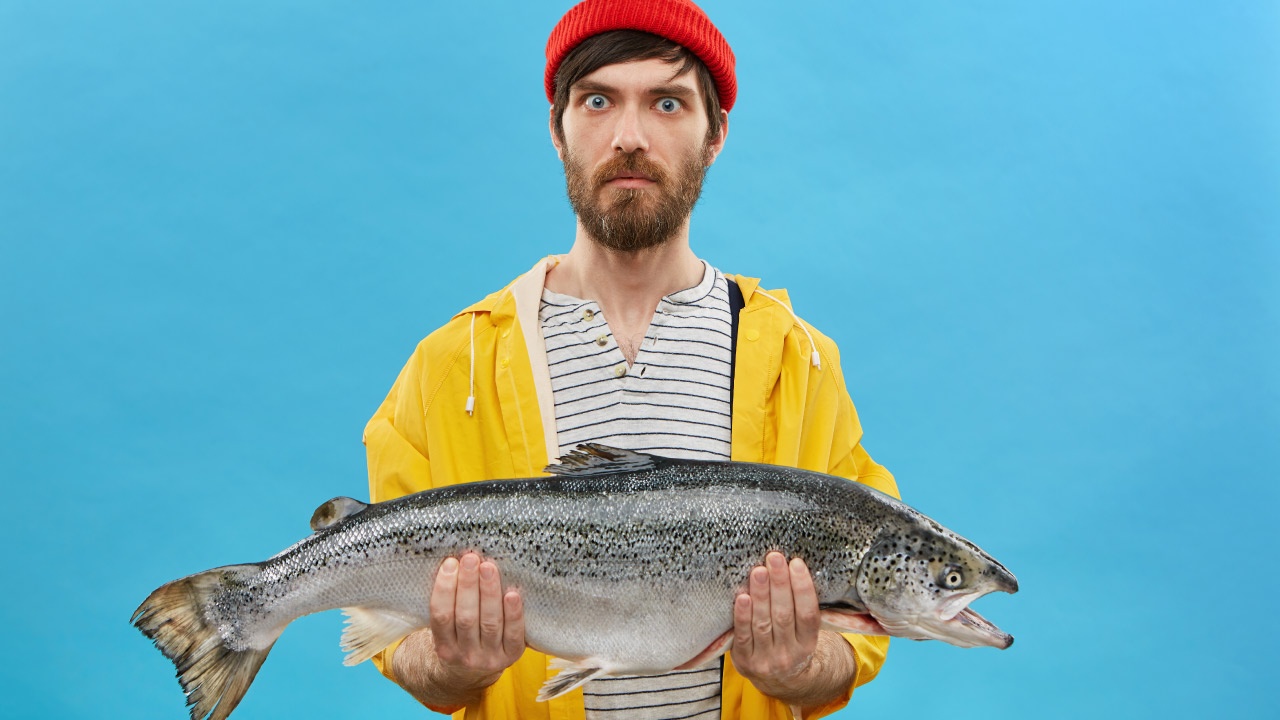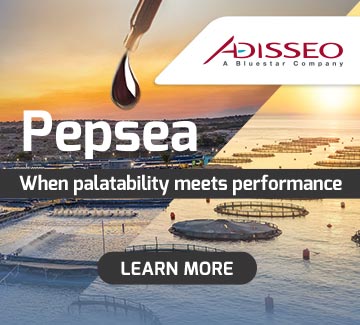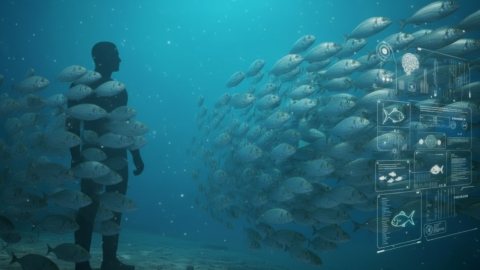
In a landmark shift within the global animal protein market, aquaculture is expected to eclipse poultry as the primary contributor to the growth of the global protein supply by 2025. This development is highlighted in Rabobank's latest Global Animal Protein Outlook report, marking a pivotal year for protein production across various regions and commodities.
According to the report, both aquaculture and wild catch are projected to grow by 2.3% annually, rebounding from a 0.3% decline in 2024. This resurgence is attributed to a robust recovery in salmon production, stabilization in the shrimp market, and increased anchovy catches in Peru, which are expected to enhance fish meal availability significantly.
Despite these positive projections, the sector faces challenges. Macroeconomic volatility and geopolitical tensions could disrupt international trade, influencing costs and altering the dynamics of supply and demand. Biological challenges such as sea lice in salmon populations and other diseases remain significant concerns, although advancements in vaccine development and genetic research are expected to mitigate these risks effectively.
Salmon production is forecasted to increase by 3.5% annually, with Norway and Chile as key contributors. Norway's production might grow between 3% and 4%, despite potential setbacks from sea lice and winter ulcer disease. In Chile, salmon production is anticipated to rise by 1% to 2%, supported by improved environmental conditions and reduced mortality rates.
The shrimp industry, having faced years of overproduction and price declines, is now poised for a moderate growth of 1% to 2% in 2025. This recovery allows for market stabilization and is viewed as a crucial correction. Ecuador, as a leading global producer, is expected to see growth fluctuating between 0% and 3%, depending on the shifting demands from China. The industry's ability to diversify export markets and focus on high-value products will be crucial for its resilience.
As the aquaculture sector prepares for a transformative year, navigating the complexities of market demand, health challenges, and international trade dynamics will be essential. The industry must continue to innovate and adhere to sustainable practices to capitalize on the anticipated growth and address the inherent challenges of the sector.


